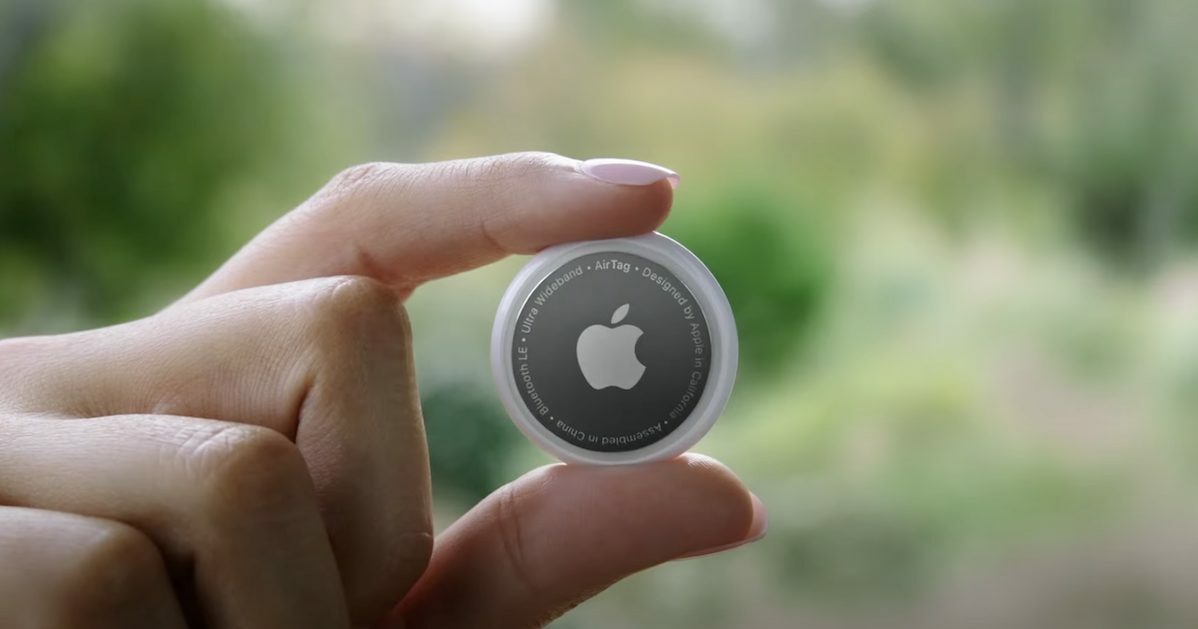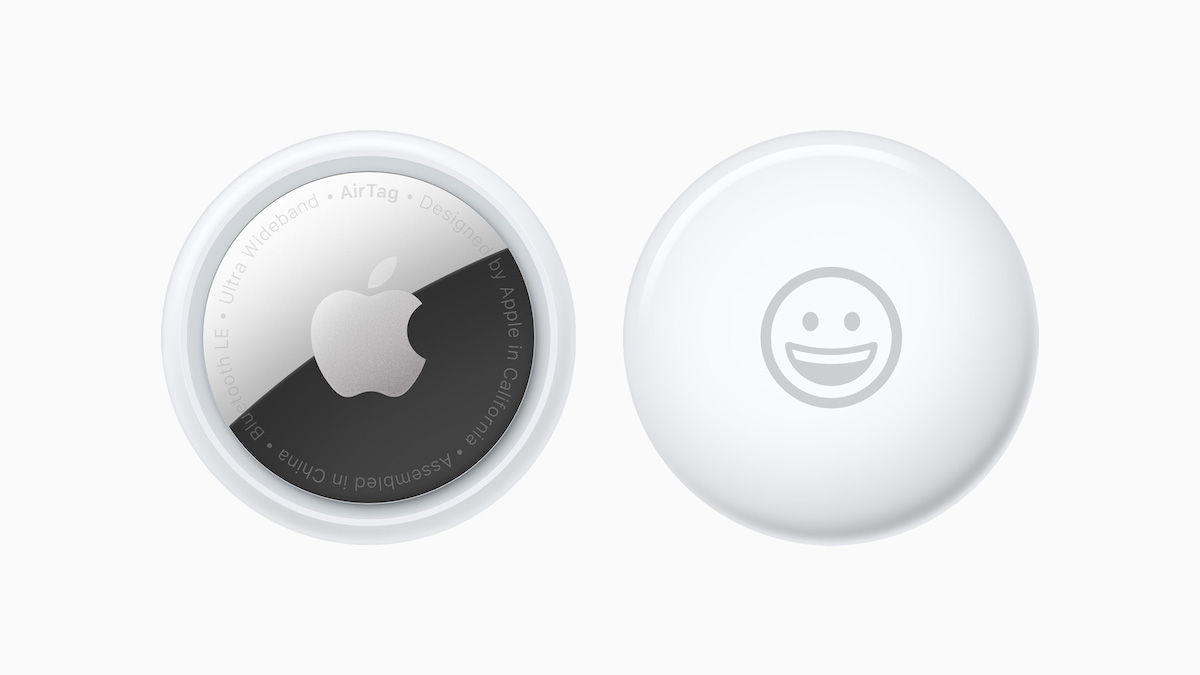Apple enthusiasts who have been eagerly awaiting the release of the AirTag 2 will have to exercise a bit more patience.
A new report from Bloomberg’s Mark Gurman reveals that Apple has chosen to delay the launch until 2025. While consumers may be disappointed by the news, several factors contribute to this decision, including Apple’s strategic planning and the current state of AirTag inventory.

AirTag 2 promises improved Precision Tracking thanks to upgraded wireless chip
Since its debut in 2021, the AirTag has quickly become a popular accessory in Apple’s product lineup. The small tracking device utilizes Bluetooth technology and the Find My network to help users locate their belongings with ease. However, recent reports suggest that the overwhelming success of the first-generation AirTag has led to a surplus in inventory, prompting Apple to reconsider the release timeline for its successor.
One of the key reasons behind the delay is Apple’s acknowledgment that it “clearly over-produced” the initial AirTag model. According to Gurman, Apple’s retail back rooms and device storage warehouses are overflowing with AirTags, creating a logistical challenge for the company. This surplus has prompted Apple to reassess its timeline for the second-generation AirTag, opting to wait until market conditions are more favorable.

Another factor influencing the tech giant’s decision is the lack of substantial competition in the Find My network. Gurman notes that the current AirTags “still work fairly well and have most of the features you’d want.” With little pressure from competitors, Apple sees an opportunity to fine-tune the AirTag 2 and ensure that it aligns seamlessly with the latest advancements in iPhone and Apple Watch technology.
When AirTag 2 eventually hits the market in 2025, users can anticipate an upgraded wireless chip. The report suggests that Apple aims to bring the second-generation AirTag in line with the latest components found in the iPhone 15, Apple Watch Series 9, and Apple Watch Ultra 2. This likely refers to the incorporation of the second-generation Ultra-Wideband chip, which enhances communication range compared to its predecessor.
(via Bloomberg)
Read more: